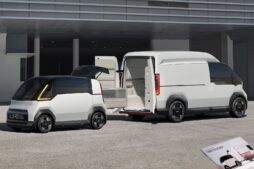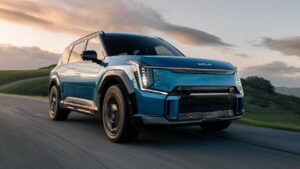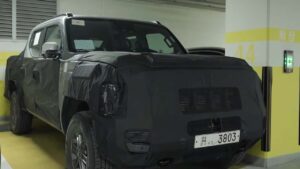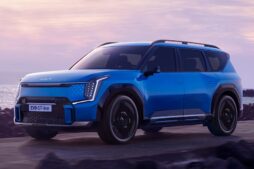Utilizing Electromagnetic and Mechanical Couplings for Swapping Modules Behind the Driver: The PV1, PV5, and PV7 Concepts.
In the future, Kia foresees a vehicle platform that can seamlessly transition from being a robust cargo carrier to a convenient taxi service, before transforming into a suitable mode of transportation for a relaxing weekend retreat in the forest. This innovative concept, called PV5, is one of the three modular designs that Kia will showcase at CES this year.
Officially, the car manufacturer is making its way to Las Vegas with a collection of five prototypes – three of which are PV5 models. These concepts all center around a concept known as Platform Beyond Vehicle (PBV) solutions. Essentially, it’s a comprehensive idea that allows for a basic vehicle platform to easily adapt and fulfill various roles, aided by sophisticated software that helps users monitor every aspect. While it may primarily cater to businesses, it can also serve as a mobility solution for personal use. After all, there’s nothing stopping one from exchanging the passenger module for a cargo unit and stowing mountain bikes in the rear.
The PV5, presented by Kia, operates on a unique concept. It features a singular platform with a standard cockpit situated at the front. As an electric vehicle, the front clip is angled steeply, much like a van, but without an engine occupying the space between the driver and passenger seats. The real innovation occurs behind the cockpit, where large body-sized modules can be installed based on the specific needs of the user. This may resemble a chassis cab, but it differs in that an upfitter does not need to weld on a customized body for the rear. Instead, Kia offers “life modules” which can be attached using mechanical and electromagnetic methods.
This article discusses the versatility of the passenger life module, which can easily be switched to a cargo module as needed. Kia offers five variations of the PV5, ranging from a simple cargo van to one with low ground clearance to one with a high roof. Other options include a taxi and a chassis cab, giving buyers the freedom to create their own custom build.

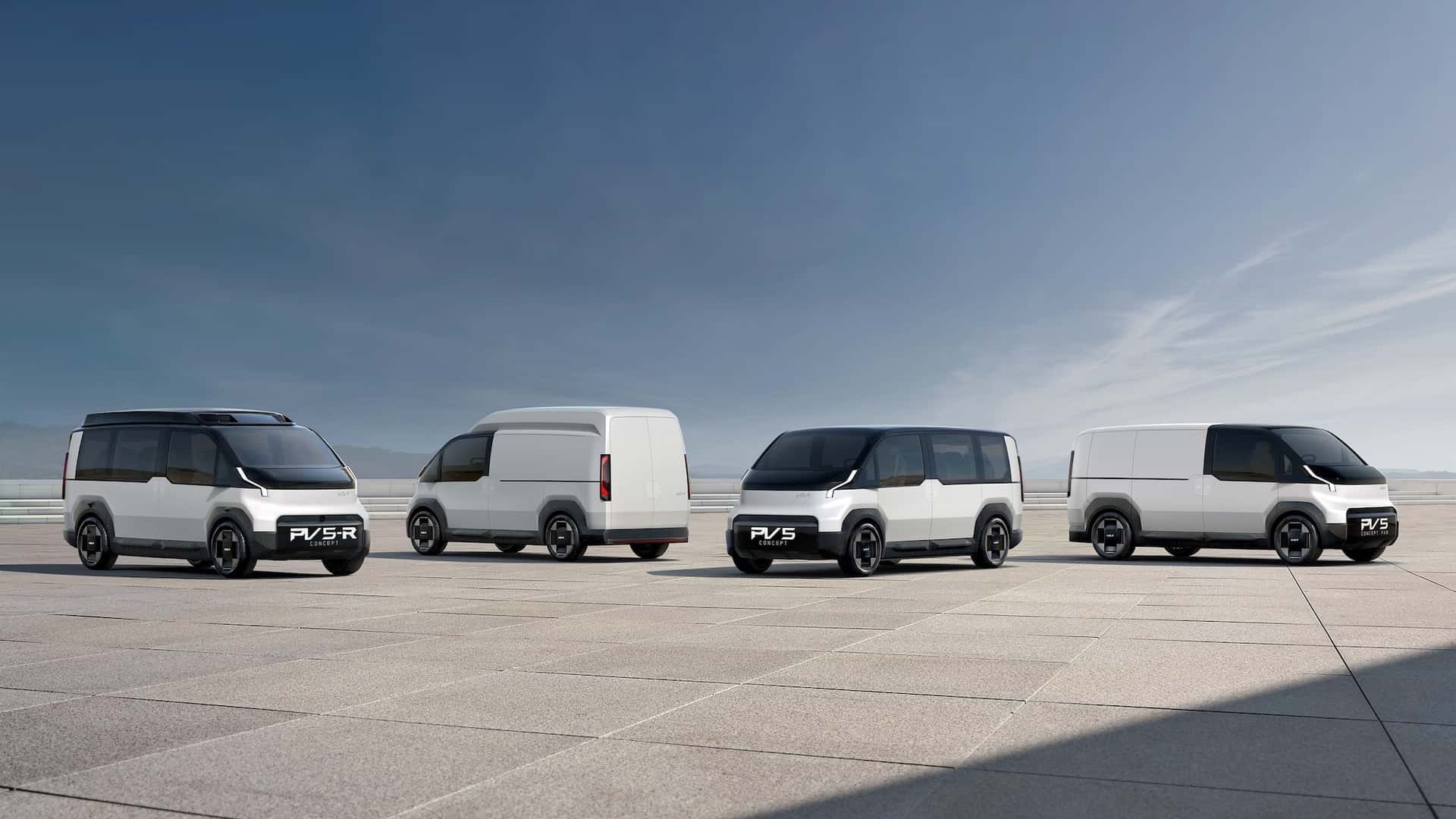
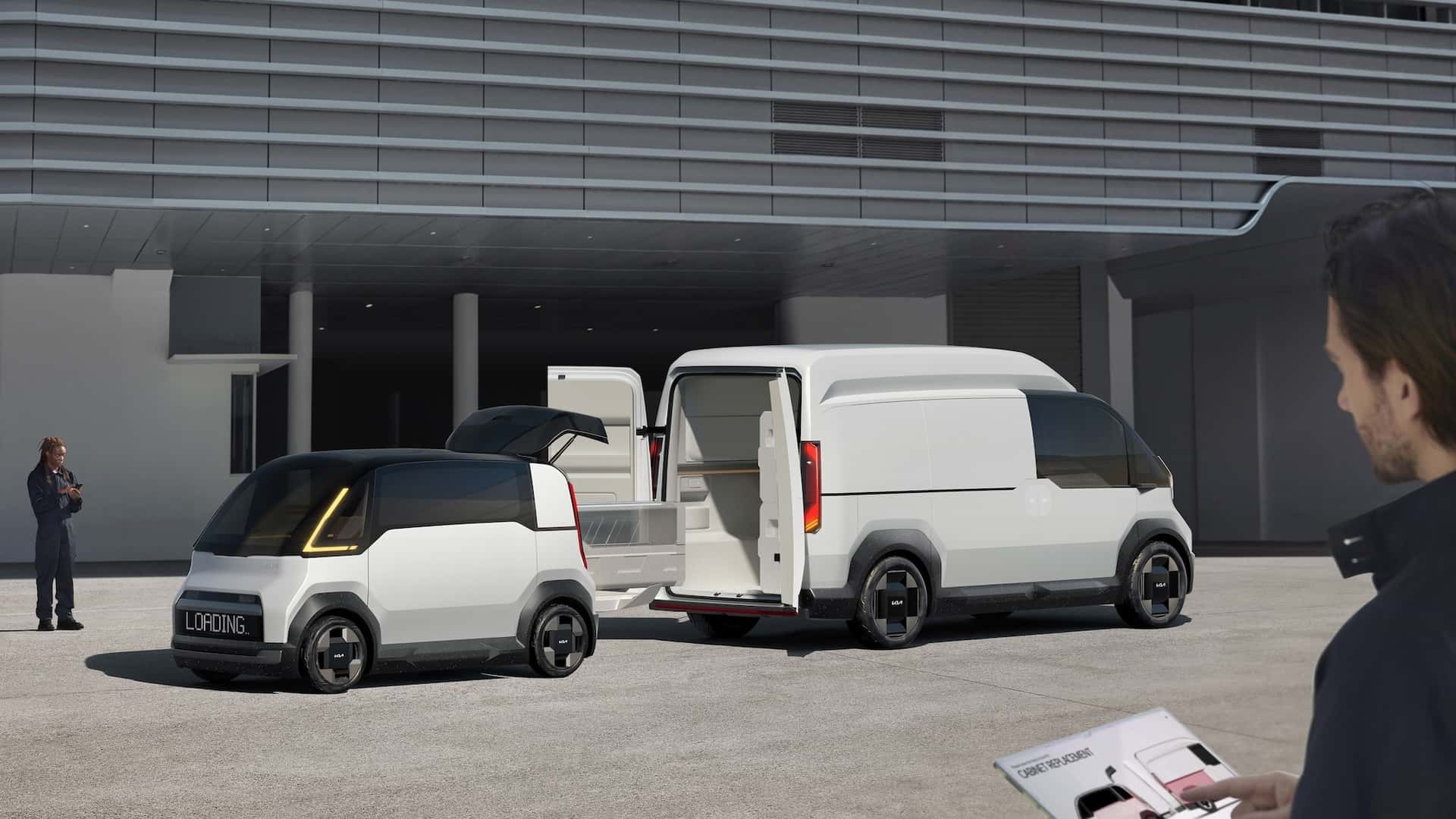
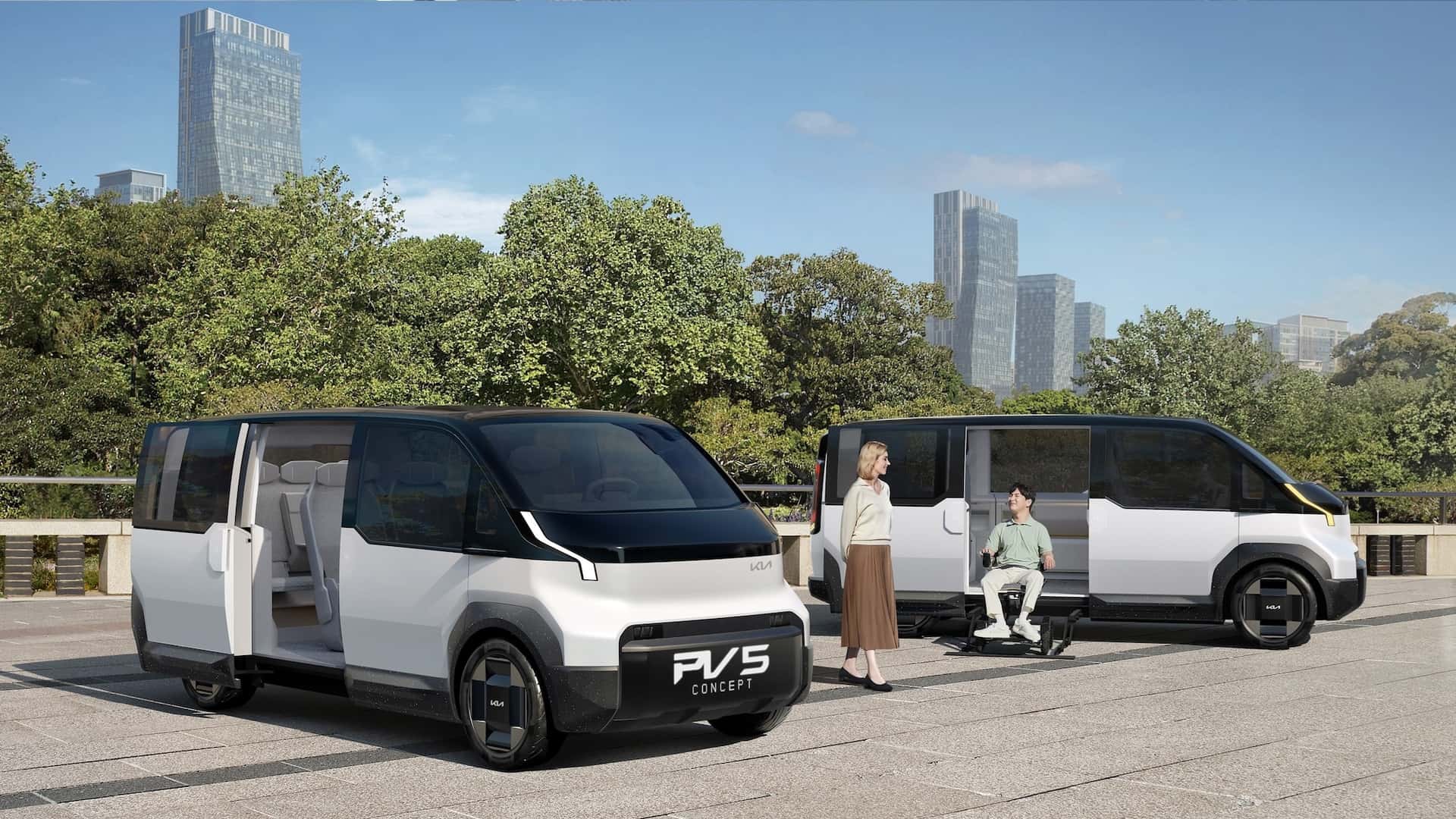

The PV5 concept serves as a starting point, but the PBV line will expand to feature two other models – the smaller PV1 and the larger PV7. These new additions were revealed at CES for the first time. All of these vehicles are exclusively electric, although Kia has not divulged any specifics on power or range at this stage. They will also utilize advanced software solutions that facilitate communication between vehicles, drivers, and potentially even your mother to inquire about your lack of phone call last Sunday.
We could be overemphasizing on that final detail, however the idea remains: Kia is determined to continue producing multipurpose work vehicles. In addition, they aim to integrate them with innovative software to enhance business operations.
“Kia PBVs will usher in a fresh chapter of effortless daily business and lifestyle solutions,” stated Karim Habib, executive vice president and global design leader at Kia. “Our goal is to enhance the lives of our customers, whether they are stationary or on the go, by providing unparalleled adaptability and personalization through innovative modularization.”
When will this celebration commence? Kia characterizes the PBV protocol as a three-step procedure while PV5 embodies the initial phase. The car company aims to establish a fresh production plant by 2025, capable of producing 150,000 vehicles annually. What lies ahead after that remains uncertain.
Source: Kia
